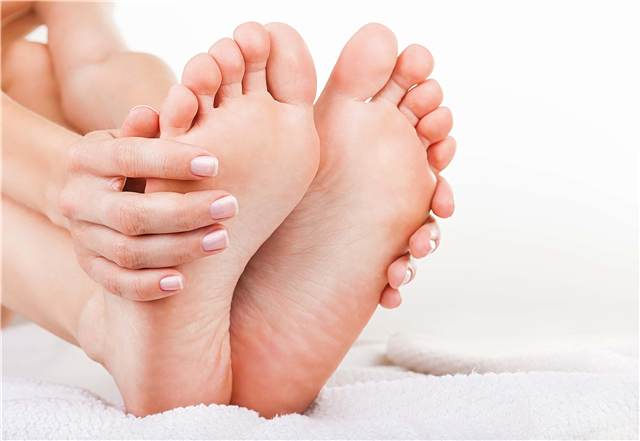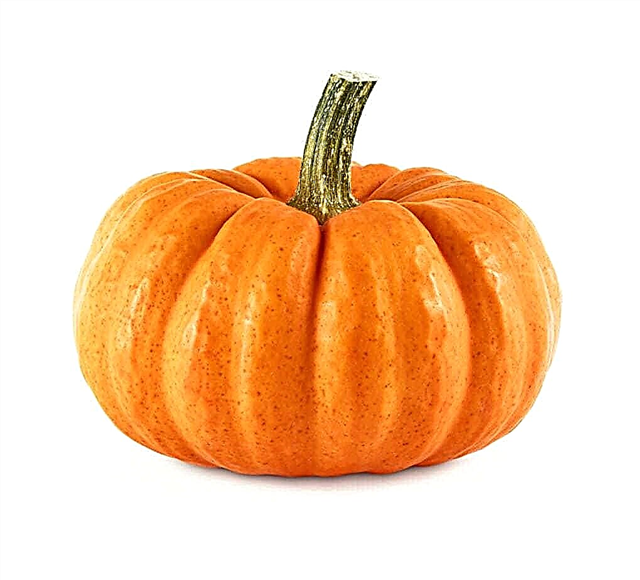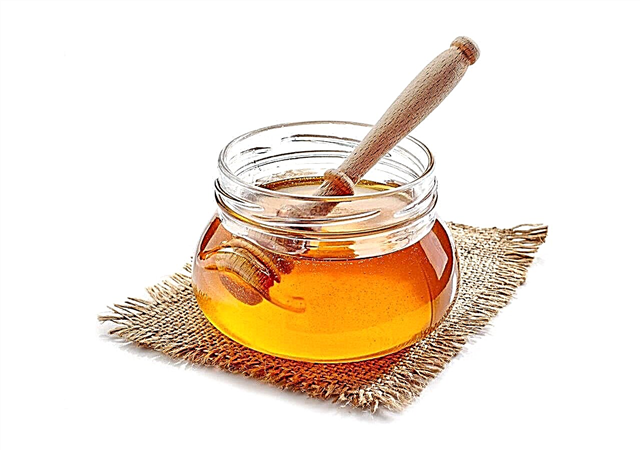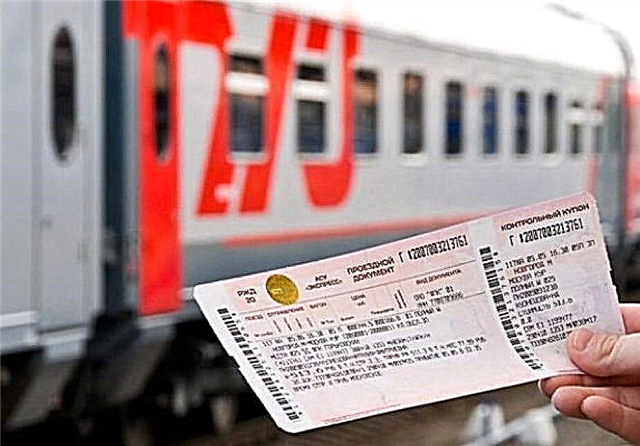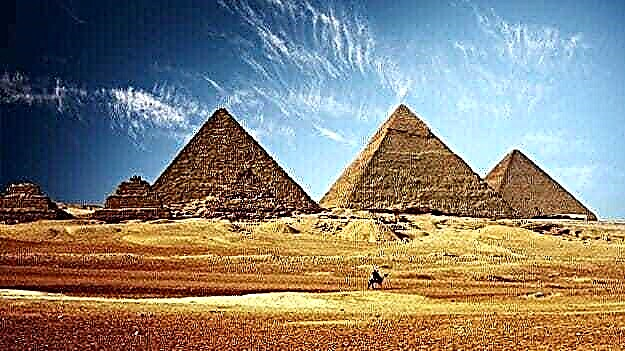
Body temperature is one of the most important indicators, which indicates the state of the body. But until a certain point, thermometers did not exist. How, then, was body temperature determined in the past?
History of the thermometer
It is difficult to establish a single inventor of this device. The fact is that at the same time, several scientists tried to create a device that will allow you to know the temperature of a person’s body, air, water and soil. This is the merit of such famous people as Galileo Galilei, Santorio, Robert Fludd, Lord Bacon, Salomon de Coss and others.
The very first mention of the creation of the device is associated with Galileo. He did not describe the thermometer in his writings, but the physicist’s students confirmed that back in 1597 he created a prototype of a modern thermometer - a thermoscope. Its principle of operation was almost the same, but water and air were used instead of mercury.

A glass tube with a ball at the top was placed in a vessel with water. When heated, the liquid rose up the tube due to the expansion of air. When cooling, water dropped down.
In mercury thermometers, for example, heating contributed to the expansion of mercury. Galileo’s invention did not have a scale, so temperature could only be judged subjectively. In addition, he did not set himself the task of inventing a medical thermometer.
A thermometer with marks, which could be used for medical purposes, was developed in 1626 by Santorio, an Italian physician specializing in anatomy and physiology.However, his device was extremely dimensional - so large that it could only be installed on the street.
Attempts by other scientists ended in approximately the same success. Their inventions were united by one thing - the evidence was unreliable. They contained air, and the temperature depended on atmospheric pressure.
It would seem that the problem can be solved with water, but at low temperature it froze and the device burst. Then the inventors guessed to use alcohol. Of course, this was not yet the final version, but a device quite suitable for use. It only remained to determine the scale.
The most optimal solution was Fahrenheit, in whose honor the temperature scale was later named. It was also Fahrenheit who preferred to use mercury. On his scale there were three base marks: 0, 32 and 212 degrees, which corresponded to the temperatures of certain mixtures, as well as boiling water.
Interesting fact: the whole world can thank Anders Celsius, a Swedish astronomer, for a thermometer of a modern type with a familiar scale. In 1842 he proposed his own scale. It has two points - the boiling point (100 degrees) and freezing (0 degrees) of water.

Temperature measurement without thermometer
It is worth noting that the medicine of the past paid minimal attention to diagnosis. Doctors did not seek to conduct examinations, take and study tests, and measure temperature in patients. Thermometry was considered a futile exercise. Despite the fact that the first prototypes of thermometers appeared in the 16th century, for many years no one used them for medical purposes.
Doctors of this era were guided only by a minimal examination.They measured the pulse, examined the general condition of the patients, were interested in their well-being and medical history - again, according to the patients. If they tried to measure the temperature, then only with a hand on the forehead of the patient. Based on the data obtained, diagnoses were made and treatment prescribed.
Despite the occurrence of the thermometer, it has not yet begun to be used in medicine. For example, there is evidence that even at the end of the 19th century, some doctors were negative about thermometry. Someone considered the use of devices too complicated, and someone was sure that the real doctor did not need accurate numerical data.
The first thermometers appeared in the 16th century. They had a lot of shortcomings, but served as a prototype for modern devices. There is no single inventor of the thermometer, but the appearance of the device is associated with famous scientists: Galileo Galilei, Santorio, Robert Fludd, Lord Bacon, Salomon de Coss and others. All of them made a certain contribution to the creation of the thermometer. However, in medicine it was not in a hurry to use it until the 20th century. Thermometry was considered a complex and unnecessary process. If necessary, body temperature was measured by touch - with a hand on the patient's forehead.


